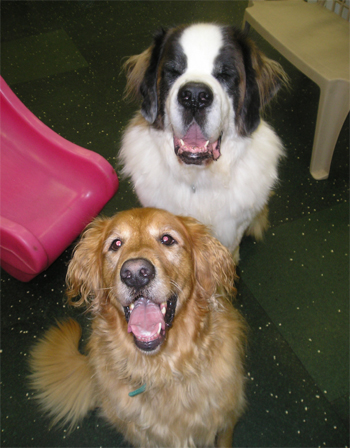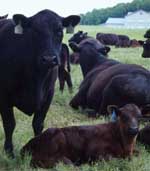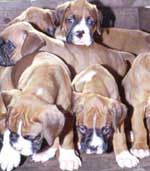|
Respiratory System
Function
Negative pressure (partial vacuum) in
the thorax pulls the lungs against the inside of the thoracic
wall.
Inspiration, the inhaling of air into the
lungs, is accomplished by muscle contractions that enlarge the volume
of the thorax. The lungs expand passively and air is drawn
in.
Gas
exchange in the alveoli takes place by
diffusion of the gases from areas of high concentration to areas of
low concentration.
Expiration, the exhaling of air from the
lungs, is accomplished by muscle contractions that reduce the size of
the thorax. Air is pushed out of the lungs.
Control of breathing is accomplished by 2
systems:
 | The mechanical control system sets
limits on normal, rhythmic, resting respiration. Stretch receptors
in the lungs signal the respiratory center in the brain stem when
the lungs reach preset inflation and deflation limits.
|
 | The chemical control system
allows the respiratory system to respond to imbalances in certain
blood parameters and correct them by changing the rate and depth
of respiration. Chemical receptors in blood vessels and the brain
stem measure blood parameters such as oxygen and carbon dioxide
content, pH and blood temperature.
|
| 




